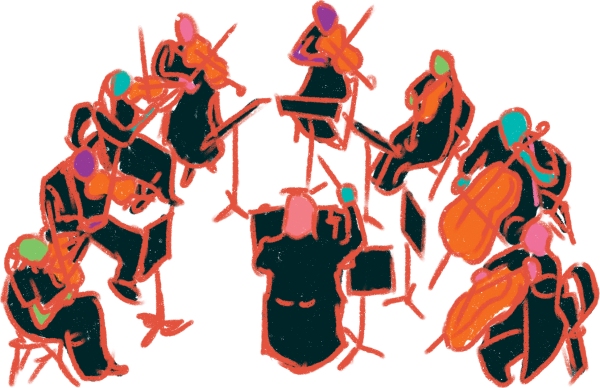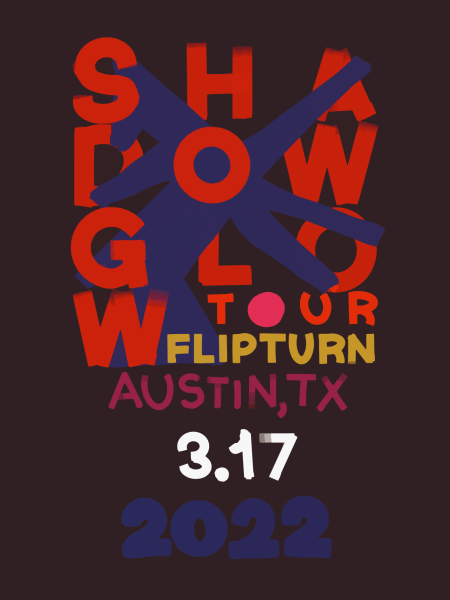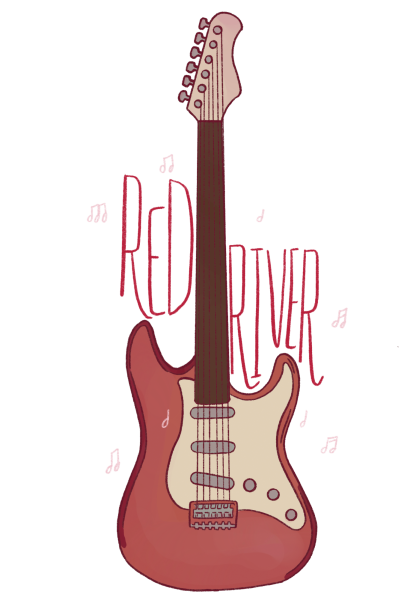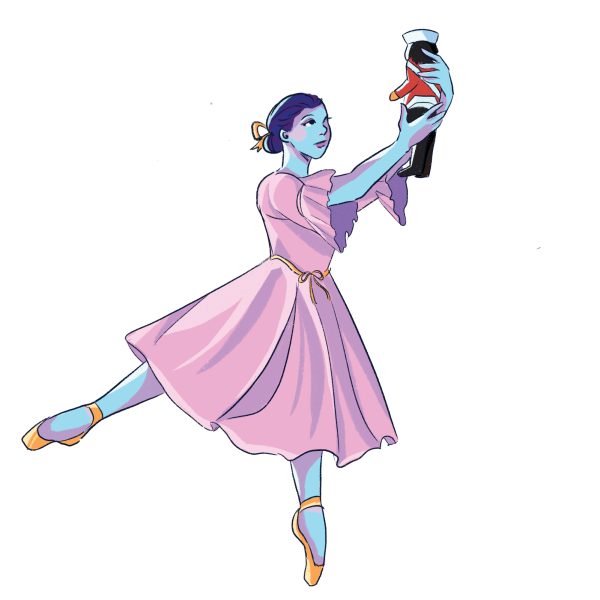Spanish VI Students Get Creative with “Noche”
May 28, 2021
“Noche de Las Estrellas,” often referred to as “Noche,” is the Spanish VI class’s annual production to showcase students’ talents and passion for the Spanish language. Students in Spanish VI, the highest-level Spanish class at LASA, work together to create a program that exhibits Latin American culture through song and dance.
Senior Emily Kahn has been to the production in the past and participated in it this year. Her small group created a video based around Celia Cruz’s song “La Vida es un Carnaval.” The video used transitions inspired by popular techniques on TikTok and showcased alternating costumes.
“It’s basically a celebration of Latin American music and culture, learning about different kinds of music genres and then showcasing those through a sort of colorful and exciting celebration,” Kahn said. “Students lip-sync to songs and wear really crazy elaborate costumes that they’ve been working on creating throughout the school year.”
COVID-19 has brought changes to this LASA tradition. Because large, indoor gatherings have been canceled or postponed, the students had to find a new way to present the program. Senior Alisha Morejon worked with her small group to create a music video instead of the usual dancing and lip syncing on stage.
“This year, because of COVID, we couldn’t do an in-person performance, so we recorded music videos lip-syncing and dancing to the songs,” Morejon said. “A lot of it was sort of the same, but it was cool because we could have more creative freedom.”
With the original uncertainty of an in-person show, the class was presented with options. Teacher Luis Ramirez posed a vote to the students to decide whether to do Noche. The class originally voted no. However, following more discussion about what the year was going to look like, a second vote changed the decision to a yes. In a conversation with a student, Ramirez voiced his excitement in the class’s choice to undertake the event.
“The previous class was extremely bummed out because they were working on an in-person show, and then COVID happened, and everything got canceled,” Ramirez said. “I didn’t want a repeat of that same energy, and I wanted you guys to show off your talent and show off your passion for the Spanish language, so I was very disappointed that you would resort to taking the easy route. I was really, really happy that the second time around you voted yes.”
Keeping the main components of past years was important in planning the virtual event. Students, such as Morejon’s group, worked together to create the videos and took on new roles that had not been previously viable.
“We split into groups based on what song we were going to do,” Morejon said. “My group had four people, so we split the work just like any other group project. Then, on top of that, we split into groups based on promoting the show and other roles, such as the host. I was in charge of the social media with another student. Some people had to write the script for the host, and some people had to work on YouTube and edit the videos.”
According to Kahn, there were drawbacks to Noche’s new format. She said that the class as a whole, though close because they had gone through previous Spanish classes together, had a disconnect. The lack of a live audience also had an impact on the energy and feel of the individual recorded performances.
“I’ve been going to Noche since I’ve been at LASA because it’s so much fun,” Kahn said. “The live performances definitely have a different sort of energy because the audience loved it. This is a huge fun school event. It definitely took some getting used to the lack of that energy to feed off of and to overcome how much it has changed.”
This year, students were able to choose more of what they were doing and how they wanted to present the music. Khan said she enjoyed branching out from the traditional composition of the performances.
“We had more flexibility in terms of the way in which we showcased our songs,” Kahn said. “In the past, it has typically just been one structure: you choreograph it, you lip-sync it and you dress up in costumes. It was cool that this year we were able to tell the story of the song as opposed to just dancing to it.”
Now that Noche has happened online, there may be some new aspects integrated into future years. Ramirez said he believes that the virtual format gave students some creative advantages. He said he expects there to be a wider variety of media incorporated into coming shows.
“I think you would see more multimedia integrated,” Ramirez said. “For example, you may have someone performing in the front, but you may have a creative video that they did for the background, or you may have a superimposed version of them, like you would see at an awards show. You may also see students on stage playing live music.”
Ramirez said that the reaction to this year’s show has been very positive. Though he is looking forward to next year when the show will be able to be back in person, he said he is very satisfied with the quality of production that the students were able to achieve this year.
“I’ve gotten comments from all different kinds of people and teachers saying how much they enjoyed the show, enjoyed the music, enjoyed the production and how excited they are for when we get back in person and how the show is going to advance and change,” Ramirez said. “The students really liked it, and, like I said, the teachers have given praise, as well as the administrators.”
Noche de Las Estrellas can be viewed on YouTube under the channel “LASA Noche de Las Estrellas” or by scanning the QR code below.








